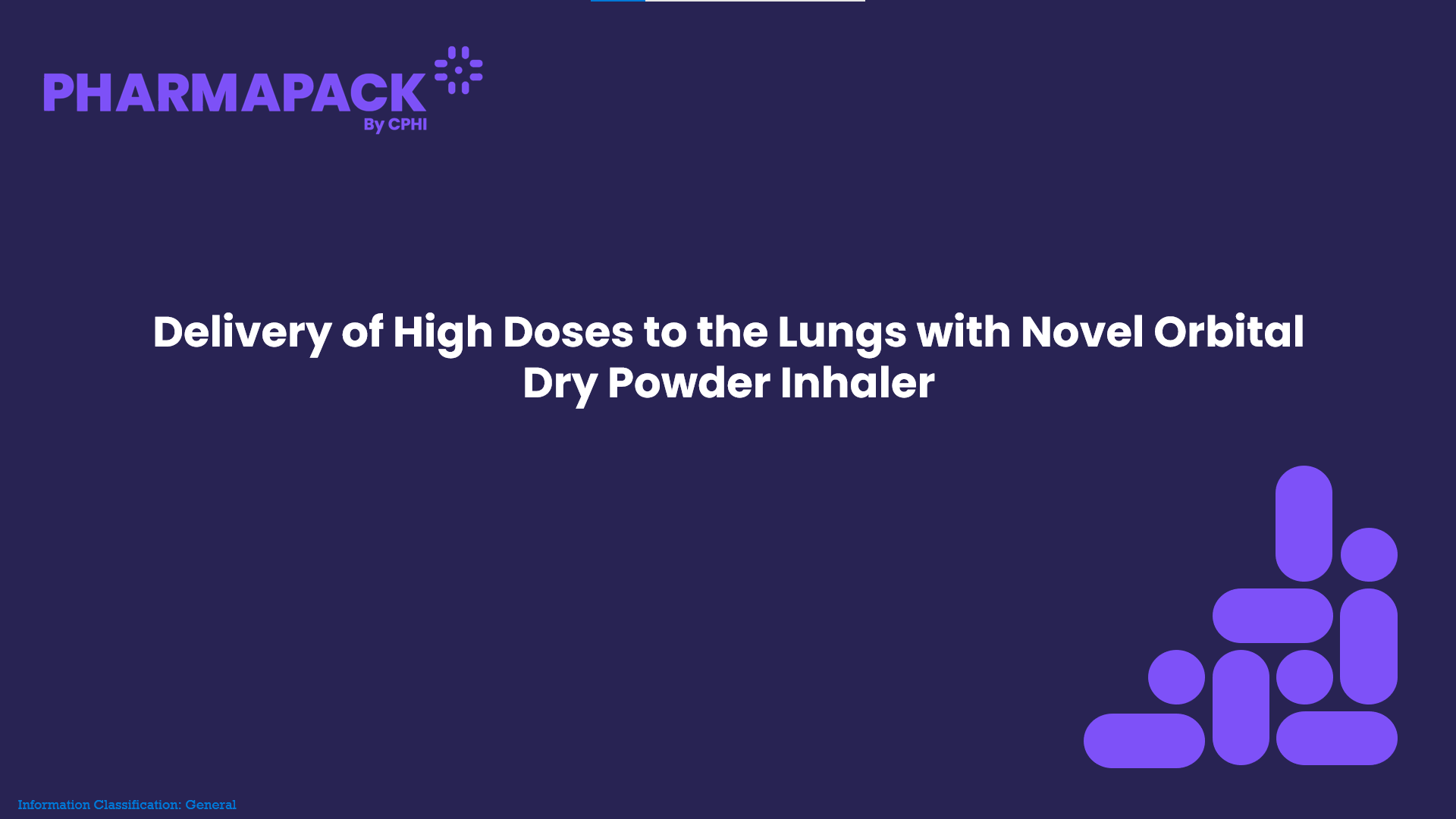Biologics for Nasal Delivery: A Whole New Ball Game to Hit the Target

Despite being widely commercialised as injectable formats, “biologics” are now creating lots of excitement in the orally inhaled and nasal drug product (OINDP) segment of the pharma industry. But compared to small molecules, one biologic can be fundamentally widely different from next in their properties and behaviour, so this all-encompassing classification can also create confusion for companies trying to navigate the complexity of turning their molecule into a viable nasal drug product. This session will explain the wide ranging properties of the main types of biologics (peptides, nucleic acid based molecules e.g. mRNA, larger proteins e.g. monoclonal antibodies) using easy-to-understand analogies, whilst introducing how these might impact – and be impacted by – the formulation itself as well as the physiological environment of the nose. A special consideration will also be made around the potential to exploit the nose-to-brain pathway, and particularly the interest in the use of nanoparticle encapsulation or conjugation technologies to facility the molecule’s journey to its target.
Nanopharm

-
FR
-
2019On CPHI since
-
1Certificates
Other Content from Nanopharm (1)
-
Webinar Delivery of High Doses to the Lungs with Novel Orbital Dry Powder Inhaler.
Market needs for a device to deliver high drug loads to lungs. Introduction to the Orbital device – features and benefits. Comparative performance of Orbital to other DPI devices. Different types of molecules and formulations made using different particle engineering technologies, including spray dried and freeze dried powders and novel blending technologies. in vitro aerosol performance of drug-device combinations using clinically representative analytical methodologies (SmartTrack™). in silico lung deposition of drug-device combinations in different disease state lung models using computational fluid dynamics and FRI™.
Position your company at the heart of the global Pharma industry with a CPHI Online membership
-
Your products and solutions visible to thousands of visitors within the largest Pharma marketplace
-
Generate high-quality, engaged leads for your business, all year round
-
Promote your business as the industry’s thought-leader by hosting your reports, brochures and videos within your profile
-
Your company’s profile boosted at all participating CPHI events
-
An easy-to-use platform with a detailed dashboard showing your leads and performance


